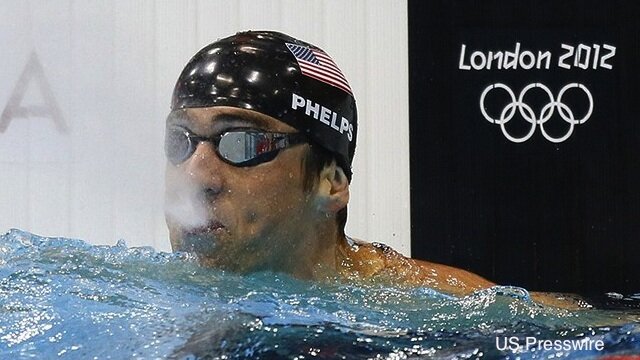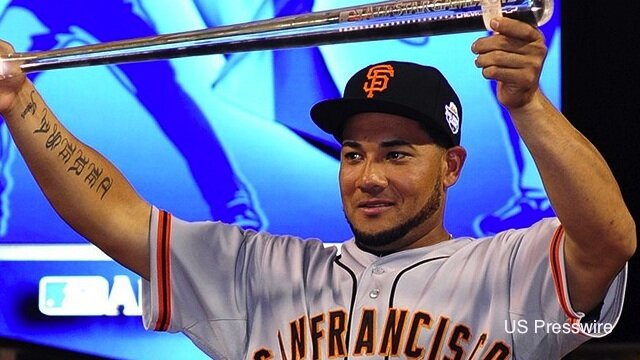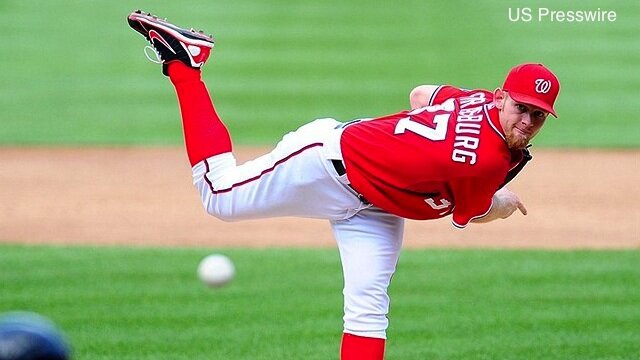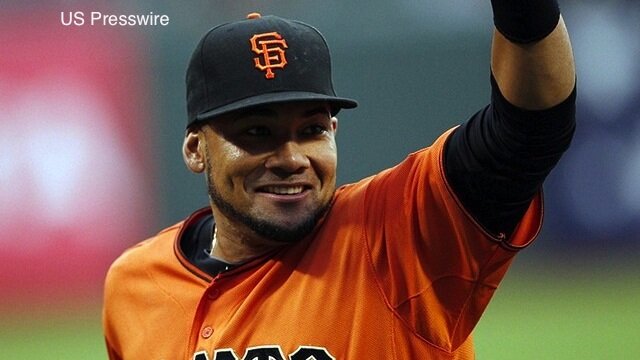Final Verdict: ’92 Dream Team vs. ’12 (Summer of LeBron?) Team

The first fact that must be understood prior to determining the best Olympic basketball team of all-time is that no other nation can compare to the United States of America when it comes down to all-around basketball talent.
Although other countries have produced top-tier talent and sent them state-bound to thrive in the Association, when it comes to overall depth within the sport, no one comes close.
The second is that, since sending professionals to compete on our nation’s team, there have been two defined generations of basketball – both of which revolutionized the sport and established greatness.
The first dawning of a new era in basketball began in the ‘80s and hit world-wide phenomenon status with the domination of the ’92 Olympic team. The team, mixed with over-powering post play and new-to-the-world athleticism, ran over any competition it faced by an average of almost 44 points-per-game in Olympic play.
The generation to follow, faced with a more-developed world-wide basketball talent pool, did not fail in continuing USA’s basketball dominance. A much younger squad, the current 2012 men’s team proved that freak athleticism and spot-on three-point shooting solely from the backcourt and hybrid wing positions is all that is needed to bring home the gold.
The overwhelming ease at which both squads were able to top the world (for the most part – I got you, Gasol brothers) is more than enough to incite the comparisons, and, more importantly, raise the question of “who was better?”
It appears as if it is finally time to put that debate to rest.
Positional Contrasts:
Frontcourt:
’92:
David Robinson (7’1, 235, 26)
Patrick Ewing (7’0, 240, 29)
Karl Malone (6’9, 255, 28)
Charles Barkley (6’6, 250, 28)
Christian Laettner (6’11, 235, 22)
’12:
Tyson Chandler (7’1, 240, 29)
Kevin Love (6’10, 260, 23)
Anthony Davis (6’10, 220, 19)
Analysis:
Certainly the largest talent differential between the two teams, the frontcourt advantage goes to the ’92 team with no debate. Not only did that team feature four Hall-of-Famers (sorry, Laettner) in the post, it hosted two of its top three leading scorers. Imagine a team with David Rob insonstruggling to get minutes, and you’re finally picturing the ’92 team correctly.
This simply isn’t fair.
The ’12 team would be forced to play Tyson Chandler the entire game – compared to the 11.3 minutes he actually averaged while on the team. This would not only hinder the team’s offensive production, but it would still leave a hole defensively that would have to be filled by either LeBron James, Kevin Durant, or Andre Iguodala.
Certainly anyone claiming that the ’12 team would consistently beat the ’92 team did not have in mind that LeBron could be forced to guard Barkley and Malone, and still be able to produce on the offensive end, right?
Even in the gold medal game, when he was forced on one of the Gasols, LeBron was caught up in foul trouble (5 per in Olympic competition) and found himself watching the game unfold.
Wing:
’92:
Larry Bird (6’9, 220, 35)
Scottie Pippen (6’7, 210, 26)
Chris Mullin (6’7, 215, 28)
’12:
Kevin Durant (6’9, 235, 23)
LeBron James (6’8, 250, 27)
Carmelo Anthony (6’8, 230, 28)
Andre Iguodala (6’6, 207, 28)
Analysis:
Despite needing LeBron to guard the post, the ’12 team still wins the battle of the wing. Larry Bird at age 35 would rarely see the floor, and Scottie Pippen would be able to pressure one of Durant, LeBron, and Melo – but not all three – and all three would share the court more often than not.
Assuming LeBron is stuck with the role of defending the post, and losing Pippen on the other end, Durant and Melo would have to carry the team from deep.
They’d be able to get their shots off from long range, and either would have no problem losing Mullin or Bird and getting to the rim – until they met one, or two, of ‘92’s seven-footers. Magic would probably be forced to guard off-ball on either of those two – and, with injuries, age, and rim-rust, it may have been a battle that Magic could not win.
Backcourt:
’92:
Michael Jordan (6’6, 200, 28)
Clyde Drexler (6’7, 220, 29)
John Stockton (6’1, 175, 29)
Magic Johnson (6’9, 220, 32)
’12:
Kobe Bryant (6’6, 205, 33)
James Harden (6’5, 220, 22)
Russell Westbrook (6’3, 187, 23)
Deron Williams (6’3, 209, 27)
Chris Paul (6’0, 175, 27)
Analysis:
A 28-year-old Michael Jordan is the best player in this game. This is Michael Jordan in his prime. Who guards him? 33-year-old Kobe? Deron Williams? The best answer would be LeBron, but then who is guarding the post?
The ’12 team could not survive giving both Chandler and Love (Yikes! It is a shame that Dwight was unable to play) minutes, or having Durant front the post.
Other than that, ’12 wins the battle of the guards as well. Williams, Westbrook and Paul seem to be too fast for Stockton, or, even, Magic, and could create and find their mid-range shots. Kobe certainly proved he is still a top-scorer in the world in the ’12 Olympics, but that was not with Michael Jordan guarding him.
End Result:
Despite holding a more athletic and developed backcourt/wing, the ’12 team’s lack of a frontcourt would certainly be their downfall. They faced the same challenge with Spain in the gold medal game – winning by a mere seven points, and the Gasols are great, but they are not comparable to the Hall-of-Famers the ’92 team boasted.
Magic, Pippen, and Jordan led the team in assists, and would certainly not get caught up in their own ego to let that stop them from getting the ball to the post and letting Barkley and Malone remind modern day basketball fans how dominant a true post game can be.
- Dave Hilts



